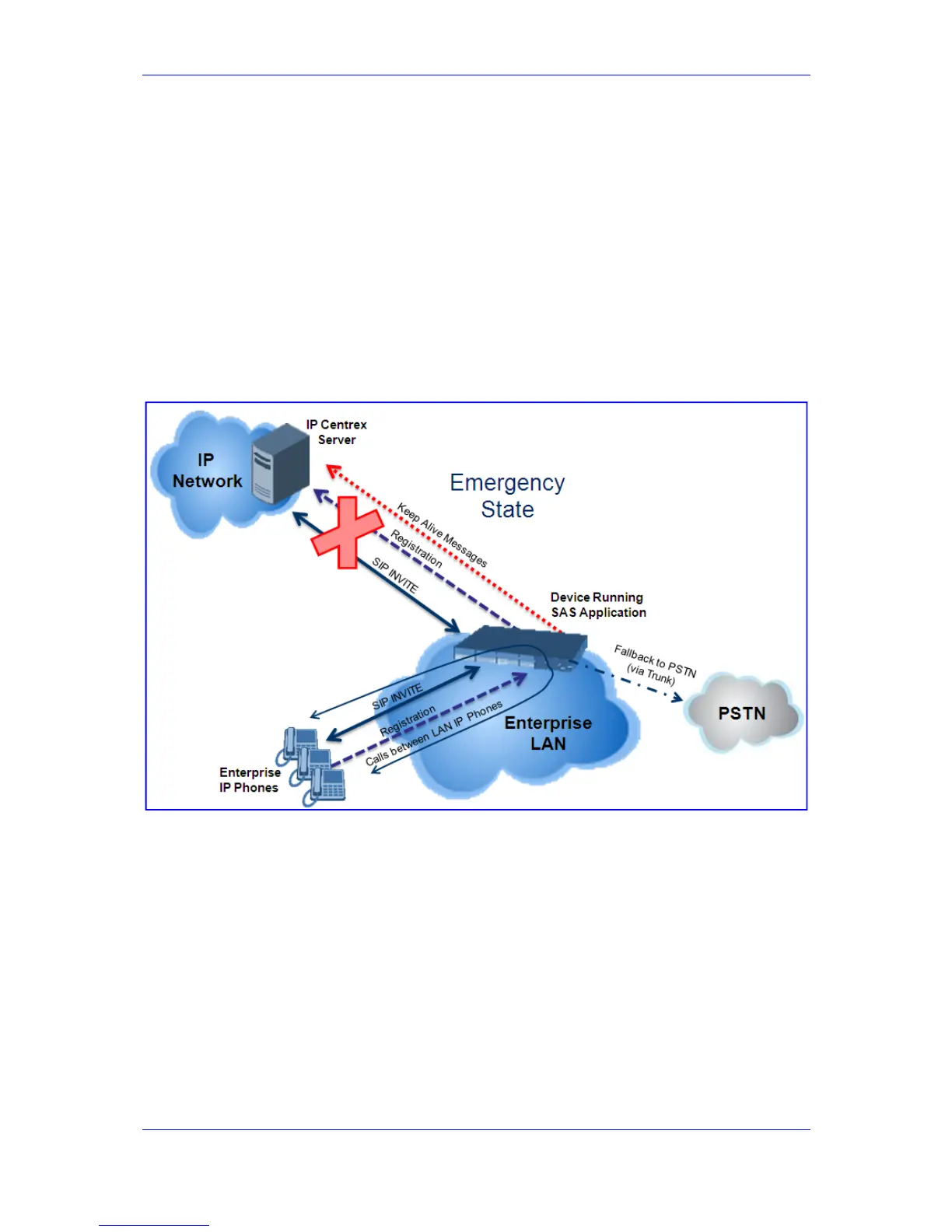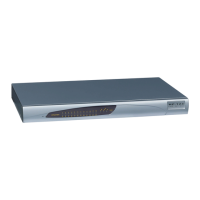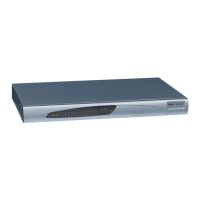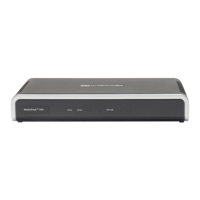Version 6.2 281 February 2011
SIP User's Manual 8. IP Telephony Capabilities
8.3.1.1.2 Emergency State
When a connection with the external proxy fails (detected by the device's keep-alive
messages), the device enters SAS emergency state. The device serves as a proxy for the
UAs, by handling internal call routing of the UAs (within the LAN enterprise).
When the device receives calls, it searches its SAS registration database to locate the
destination address (according to AOR or Contact). If the destination address is not found,
SAS forwards the call to the default gateway. Typically, the default gateway is defined as
the device itself (on which SAS is running), and if the device has PSTN interfaces, the
enterprise preserves its capability for outgoing calls (from UAs to the PSTN network).
The routing logic of SAS in emergency state is described in detail in ''SAS Routing in
Emergency State'' on page 286.
The figure bel
ow illustrates the operation of SAS outbound mode in emergency state:
Figure 8-31: SAS Outbound Mode in Emergency State (Example)
When emergency state is active, SAS continuously attempts to communicate with the
external proxy, using keep-alive SIP OPTIONS. Once connection to the proxy returns, the
device exits SAS emergency state and returns to SAS normal state, as explained in
''Exiting Emergency and Returning to Normal State'' on page 283.

